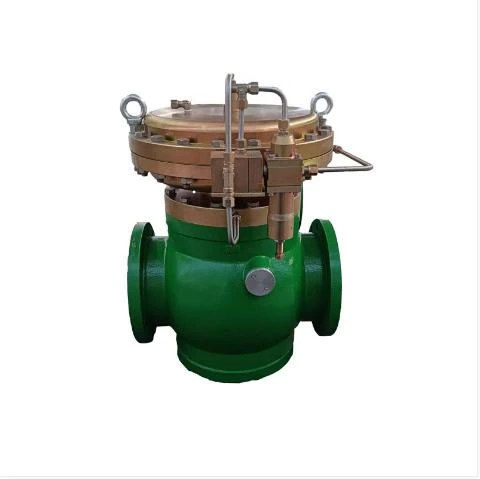
Dec . 04, 2024 16:21
Back to list
Design and Analysis of Efficient Gas Heat Exchanger Systems for Enhanced Thermal Performance
Heat Exchangers for Gases An Overview
Heat exchangers are essential components in various industrial applications, particularly in energy management and thermal regulation processes. Among the different types of heat exchangers, those designed for gases, known as gas heat exchangers, play a crucial role in improving energy efficiency and reducing operational costs in systems ranging from power generation to HVAC (Heating, Ventilation, and Air Conditioning).
Working Principle
At its core, a gas heat exchanger operates on the principle of transferring thermal energy from one gas stream to another without mixing the two processes. This is primarily achieved through conduction and convection processes, where heat is exchanged across a solid wall or through air or gas-flow channels. The two main types of gas heat exchangers are air-to-air and air-to-liquid heat exchangers. The choice between them largely depends on the specific requirements of the application, such as heat transfer efficiency, pressure drop, and space constraints.
Applications
Gas heat exchangers are widely utilized in numerous sectors
1. Power Generation In gas turbine power plants, heat exchangers recover waste heat from exhaust gases to improve overall efficiency. This recovered energy can be used to preheat incoming combustion air or produce steam for a steam turbine, thereby increasing the overall output of the plant.
2. HVAC Systems In heating and cooling applications, gas heat exchangers help to enhance energy efficiency by capturing heat from exhaust air and using it to preheat incoming fresh air. This process reduces the amount of energy needed to heat or cool spaces, contributing to lower energy bills and reduced carbon footprints.
.
4. Automotive Applications In vehicles, exhaust gas heat exchangers recover heat from exhaust gasses, which can then be used to warm the engine or cabin, improving overall fuel efficiency and comfort.
مبادل حراري للغاز

Types of Gas Heat Exchangers
There are several types of gas heat exchangers, including
- Shell and Tube Heat Exchangers Consist of a series of tubes, one set carrying the hot gas and the other carrying the cooler gas. It effectively utilizes the surface area for efficient heat transfer.
- Plate Heat Exchangers Composed of thin plates that create channels for the gases to flow through. These have a high surface area to volume ratio, leading to improved heat transfer efficiency.
- Air-Cooled Heat Exchangers Use ambient air to cool gas flows within the unit. These are commonly used in sectors where cooling water is scarce.
Advantages and Challenges
The use of gas heat exchangers comes with several advantages, including improved energy efficiency, reduced operational costs, and lower environmental impact. However, they can also present challenges, such as the need for regular maintenance to prevent fouling and the potential for leaks if not properly designed or installed.
Conclusion
In conclusion, gas heat exchangers are vital components that contribute to energy efficiency across various industries. Their ability to recover and utilize waste heat not only lowers operational costs but also helps meet sustainability goals. As technology advances, we can expect even more efficient designs and applications of gas heat exchangers, further solidifying their role in modern engineering and industrial practices. By understanding and implementing these systems effectively, industries can significantly enhance their energy management strategies while contributing to global efforts in reducing carbon emissions.
Latest news
-
Safety Valve Spring-Loaded Design Overpressure ProtectionNewsJul.25,2025
-
Precision Voltage Regulator AC5 Accuracy Grade PerformanceNewsJul.25,2025
-
Natural Gas Pressure Regulating Skid Industrial Pipeline ApplicationsNewsJul.25,2025
-
Natural Gas Filter Stainless Steel Mesh Element DesignNewsJul.25,2025
-
Gas Pressure Regulator Valve Direct-Acting Spring-Loaded DesignNewsJul.25,2025
-
Decompression Equipment Multi-Stage Heat Exchange System DesignNewsJul.25,2025

